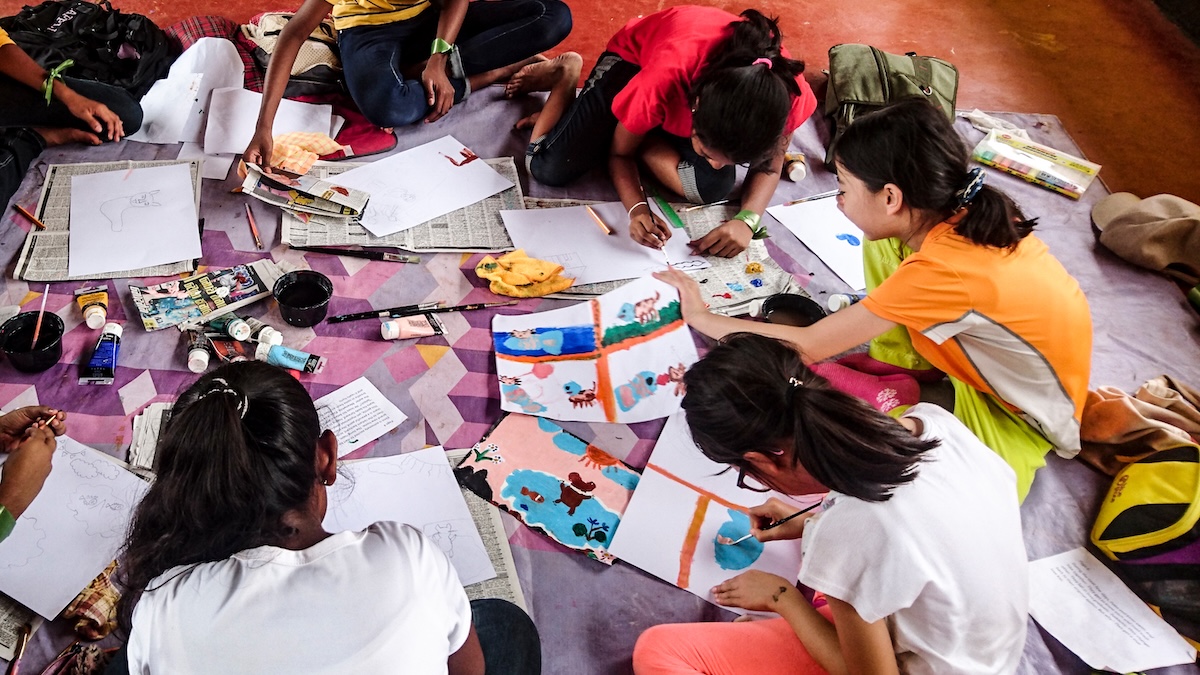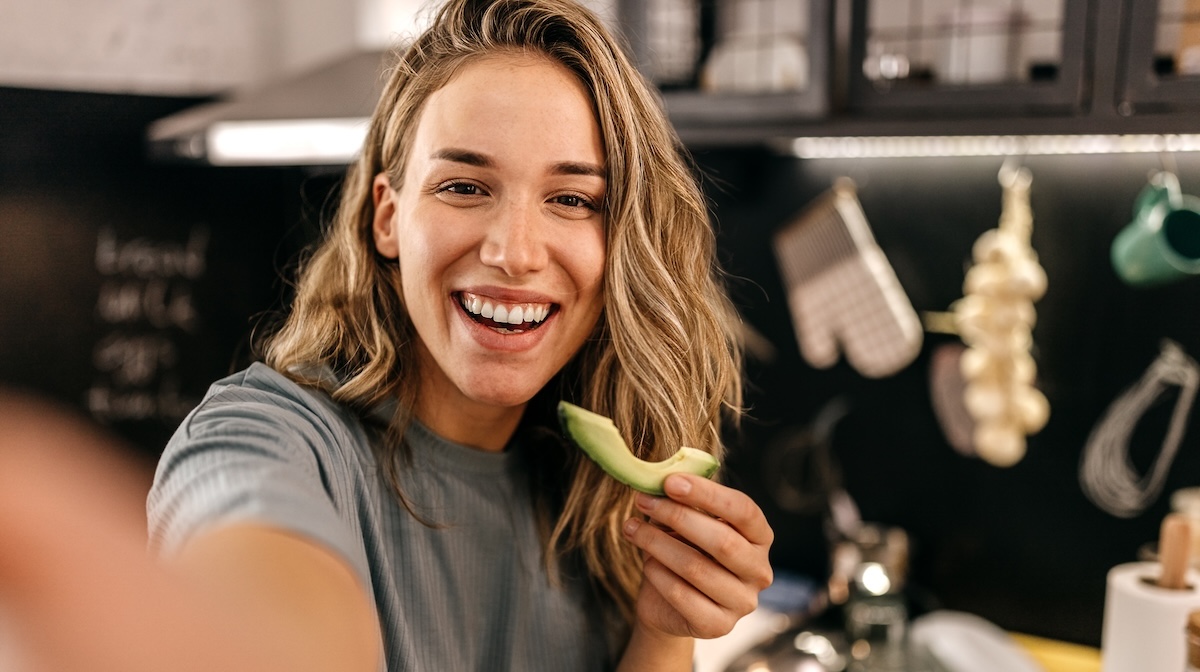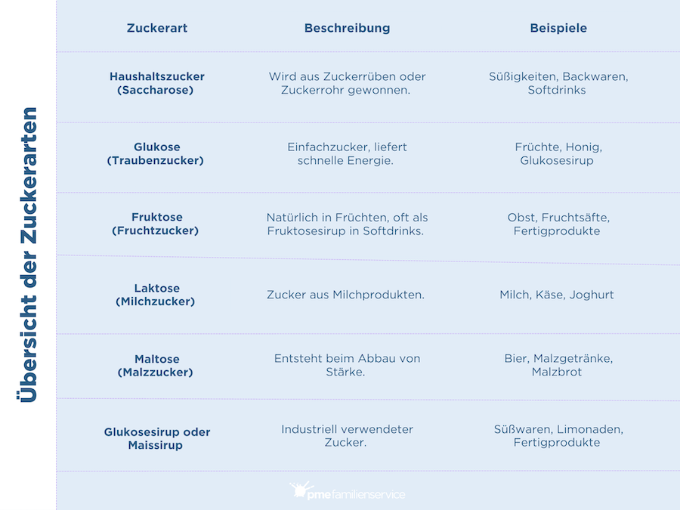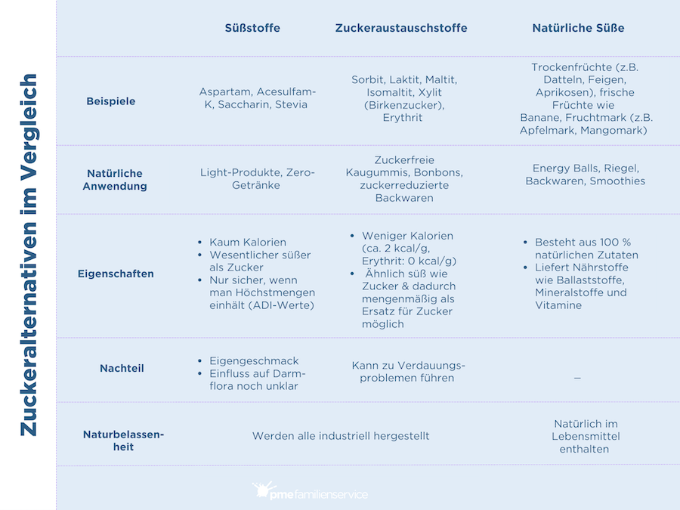
pme donates: Bücherpiraten e.V. from Lübeck
The non-profit association Bücherpiraten inspires children and young people to tell, read and create stories. In the "1001 languages" project, young creatives can publish their own books, which are translated into countless languages by volunteers. Co-founder and managing director of Bücherpiraten Lenara Sanders and project manager Christina Sturm are passionate about this unique project. In this interview, they talk about what drives them to tell stories with children and for children.
"The first experiences of reading aloud shape children's path to reading and language skills and to education."
How does the "1001 languages" concept work?
We want children to find picture books in their familiar language. That's why we have created "1001 Language", a database of free picture books that can be used by reading promoters and readers from all over the world.
On the bilingual-picturebooks.org website, we publish bilingual picture books written and illustrated by children for children. A network of more than 200 volunteer translators currently translates the stories into over 80 languages. As many stories as possible are also recorded as audio books. Families and reading promoters worldwide can then download the picture books free of charge in the language combination of their choice.
It is important to us that the website provides a space for children's ideas, wishes and hopes. That's why we only publish books that have been jointly conceived, told, written and illustrated by children or young people. The groups can work together on their ideas, they are given a platform and are heard.
We also offer seminars and workshops to support educators in this process. Once a book is online, it can be read digitally or printed out as a book. And the journey often goes even further: multilingual readings or radio play projects are created around the stories.
How did the idea for "1001 languages" come about and what was the trigger for this special project?
At an international reading promotion congress, we talked to reading promoters from all over the world about the topic of first contact with books. The first experiences of reading aloud shape children's path to reading and language skills and to education. Reading promoters agree that this introduction to the world of stories should always take place in a familiar language. This is the only way a family can immerse themselves in a story together and associate the medium of books with safety and enjoyment.
Unfortunately, we realized at the congress that reading promoters from all over the world face a similar problem: There are far too few multilingual picture books. This particularly affects children whose families have moved to another country or fled, or children who speak a minority language, a dying language or a dialect.
Often many languages are spoken in a country or region, but books are only available in one dominant language such as English, French or German. After the exchange at the reading promotion congress, it was clear to us that we need more bilingual books. We therefore looked for a non-profit solution that would make it easy to find books in your own language combination, even if it is an unusual language combination.

The children hold their own book in their hands. Photo: Bücherpiraten e.V.
What challenges do you face during implementation?
In our multiplier seminars, we often encounter great enthusiasm for the project among educators. Nevertheless, the step from participation in a seminar to implementation is often difficult. There are many reasons for this: A picture book workshop needs time and space, which is not always available in everyday life. Leading a participatory process in which the children's ideas shape a story together is challenging.
It is precisely these workshops that are at the heart of "1001 Language". Time and time again, we experience how the entire creative process has a lasting effect on the children involved - from the initial idea, joint implementation and publication to translation and multilingual presentation. Children practise making decisions as a group, experience self-efficacy and see their multilingualism as a strength.
We have therefore developed various support services over the past year to make implementation easier for teachers. We have published a practical handbook and created an individual advisory service. The latter in particular was very successful in helping teachers to implement a picture book workshop step by step. However, individual advice involves a lot of effort and costs for us, which is why we can only offer it through funding.
Last year, you received a donation of over 10,000 euros from pme. What activities have you already been able to implement or would you like to implement soon?
Several picture books have been created in childcare centers in recent months. And that's only because we were able to invest a lot of time and resources in the advisory service. In our seminars, we have often heard doubts as to whether it is even possible to create picture books in childcare centers . After all, the children can't yet read and write themselves.
The three picture books are wonderful proof that this is possible. We advised them every step of the way and are now delighted that it worked. The result is very beautiful picture books that have already been translated into many languages.
The teachers were most enthusiastic about the book presentations: That moment when the groups realize that they have actually made a whole book.
What feedback from children, families or teachers has particularly touched you?
We receive a lot of positive feedback, especially from parents of multilingual children and people who promote reading. We received a particularly nice one from the mother of a participant after one of our last picture book workshops. She told us that they had downloaded and printed out the finished, translated book in the languages spoken in their family: Spanish, Hungarian and German.
The best thing about it for us was that she said her son, who had never liked reading before, now picks up his own book again and again - and wants to read it to others. He reads it to his little sister in German and Spanish, and he looks at the book with his grandparents in Hungarian. Stories like this are a wonderful illustration of why we are doing this project. The fact that children experience themselves as authors, that they can build bridges in the family with their multilingualism - this is exactly what "1001 languages" is intended to make possible.

The stories are the result of collaborative work. Photo: Bücherpiraten e.V.
What are your long-term goals for the project?
In addition to our worldwide network of translators, we would also like to build up an active network of educators who run picture book workshops with children and young people in the long term. This way, professionals from different fields can exchange ideas and learn from each other, and we can develop new workshop ideas together.
To this end, we want to further expand our support for educators through our individual advice and guidance - for example on different age groups or the inclusion of diverse language backgrounds - and through regular multiplier seminars online and in person. Our aim is to create stories that are as diverse as possible and that are conceived, written and illustrated by different groups in different places.
How can interested individuals or organizations support you - be it through donations, volunteer work or other forms of help?
There are many ways to support "1001 Sprache" - and we are happy about any form of participation! In order to continue offering the picture books on our website free of charge, we have started a campaign on Patreon. We are very happy about everyone who supports us there with a monthly contribution.
Anyone who works with children's or youth groups is cordially invited to organize their own picture book workshop. We try to offer as much help as possible and to pass on our methods and experience in order to set up a creative workshop.
A very important contribution also comes from our volunteer translators and proofreaders, who help to make the stories accessible in as many languages as possible. If you would like to get involved, you can find all the information on our website - or simply send us a short email.
Of course, we are generally happy when the books on our website are used and distributed, which can lead to reading promotion projects, multilingual readings, films, plays and much more.
Social commitment of the pme Familienservice
The "pme donates" fundraising campaign has been running for four years, giving pme team members the opportunity to nominate charitable organizations in the areas of international development aid, social work, climate and animal protection and culture for a donation, which they actively support. All team members then vote for the organizations they want to support. The organizations with the most votes receive a donation from pme Familienservice. In 2024, six national and international organizations received a total of 50,000 euros in donations.









